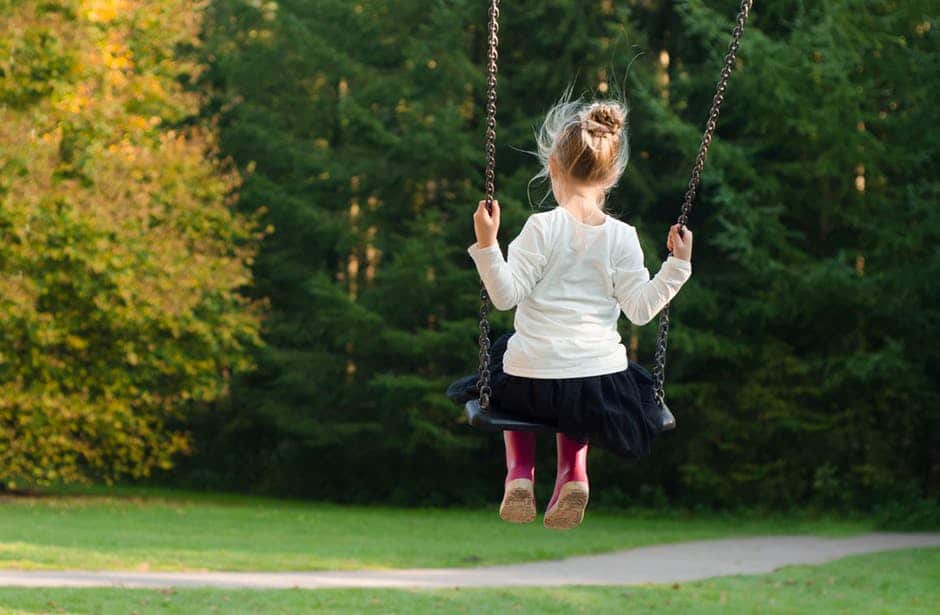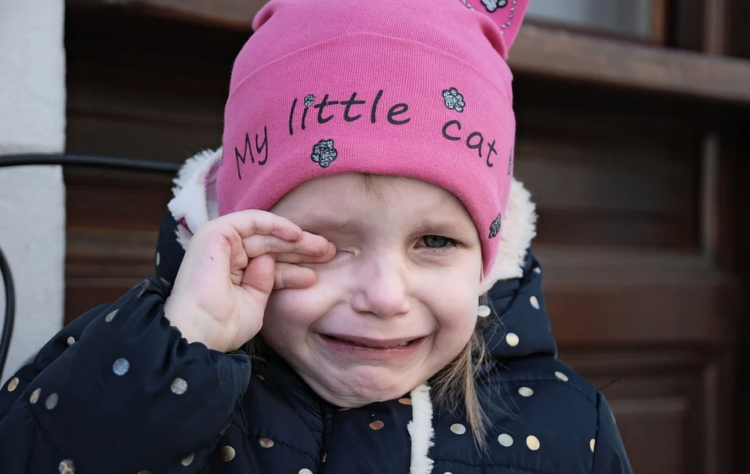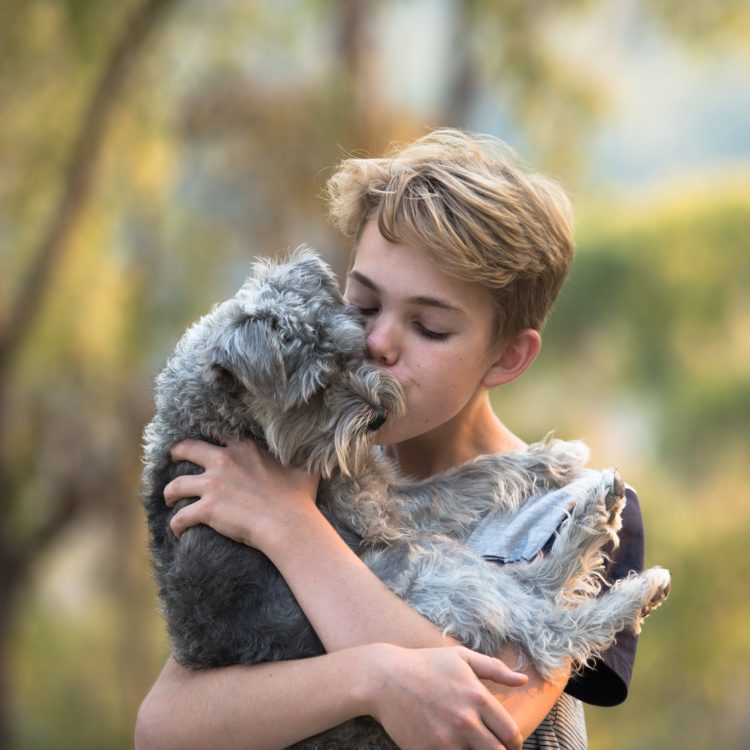Helping Your Kid Through the Death of a Pet
Coping with the death of a pet — and the mess of feelings that comes with it — is one of the tougher parts of growing up. These feelings can be hard for everybody in the family, but they’re especially tough for young children. Children see pets as close friends and extensions of the family unit, and they have a great deal of importance in their lives.
The emotional stress and inability to deal with feelings associated with the death of a loved one are always important issues.
Everyone experiences death differently and at different times, but most people usually progress through the five natural stages of grief made famous by Elisabeth Kübler-Ross: denial, anger, bargaining, depression and acceptance.
Helping someone deal with the death of a loving pet is not always easy, especially when that person is a young child. Children are prone to ask questions that are emotionally based and have no easy answers, such as “Where is my pet? Is he in heaven?” While you may not have answers, discuss these questions with your child to allow them to move forward emotionally.
Do not ignore the importance of a child’s distress, or lack thereof, hoping that the event will just pass over.
Every child will deal with his feelings on an individual basis; allow him to express himself openly. The age and maturity of the child, as well as the degree of closeness to the passed pet, will determine the power of the child’s grief, as well as his viewpoint of the situation. It is especially important as a parent or caregiver to understand that your No. 1 goal is to help the child understand how they feel, not necessarily have full comprehension of what has happened to the dog, cat or other pet that has died.
Do not try to fool the child with a replacement.
Many parents will immediately resort to what you might call the “goldfish method” of trying to “fix” the situation by acquiring another pet. This might seem like a good idea at first, but if your child is above the age of three, this can backfire badly, especially if attempted on the sly. In early development, there is nothing more important than creating a sense of trust and security between a caregiving adult and the child, and swooping in with a new pet can seem like a betrayal of that trust, leaving the child to feel extremely insecure.
Parents are not the only ones that can help facilitate proper handling of the feelings that come with a child’s pet dying.
Caregivers, coaches, teachers and mentors can also help. When children are of school age, they may act out on this grief by being withdrawn, or even go in the other direction and lash out in anger. Knowing where a child is at in the five-stage grief cycle can be extremely helpful in understanding and heading off any inappropriate behaviors that might surface as a result of the sadness, anger, or fear that they feel.
It is very important when you are dealing with a grieving child that you do not try to “make” him feel a certain way.
Getting to know the child’s true feelings is key to offering him the support and advice he’ll need to get through this hard time. For instance, you wouldn’t want to tell a child that there is no reason to worry about the dead pet because it’s a normal part of life, or simply assume that a child is sad when he may in fact be angry.
Bad assumptions are not only of no comfort to the child, but they may also make him think his feelings are “right” or “wrong,” when this is obviously not the case. This can easily become a sticky subject when you are talking to a child of slightly older age who may initially harbor anger toward his own parents or the veterinarian that had to carry out the difficult decision of putting the family pet to sleep due to old age or illness, and who uses that anger as an emotional shield from the pain and sadness of loss that they feel.
If and when there is a family decision to get a new pet, be careful not to speak of or treat the new pet as a replacement.
This can block progress on the stages of grief and may even lead to the abuse of the animal if the pet owner is not adequately adjusted to this very large change in their life in the appropriate fashion.
Remember: It’s OK for a child to feel a mix of emotions when he loses a pet. Your job isn’t to fix those feelings, but to help him understand and work through them on his own.
This article is provided courtesy of BackUpCare.org. Click here to visit their site now.
Enjoyed this article? Here are three more to help you:
Dog Games: 10 Fun Ways to Learn & Bond for Puppy and Child
Crossing over the Rainbow Bridge: Death, Dying and our Beloved Animals in Transition
Coping with Loss – Chris Davis on The Real Dr. Doolittle Show™








Leave a Reply